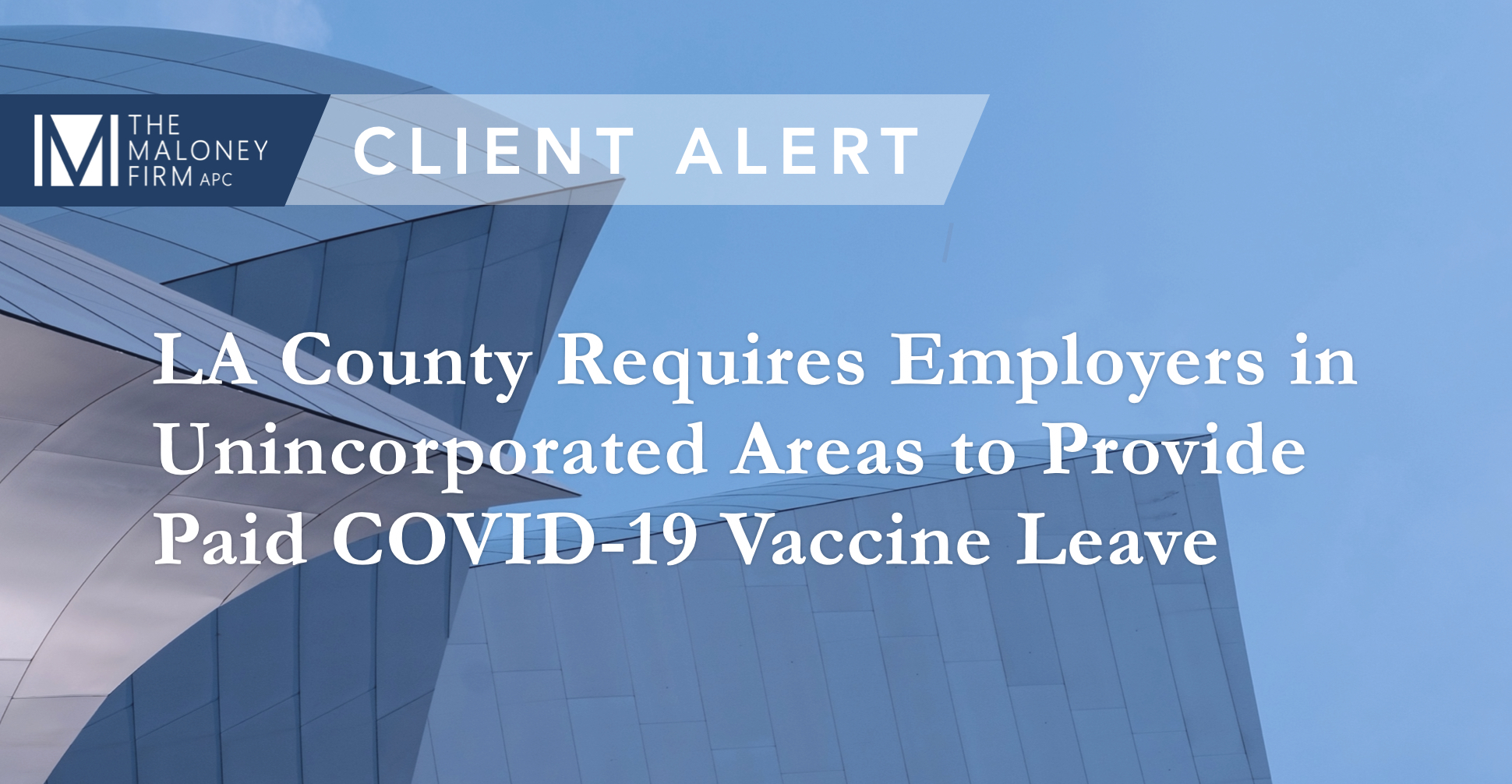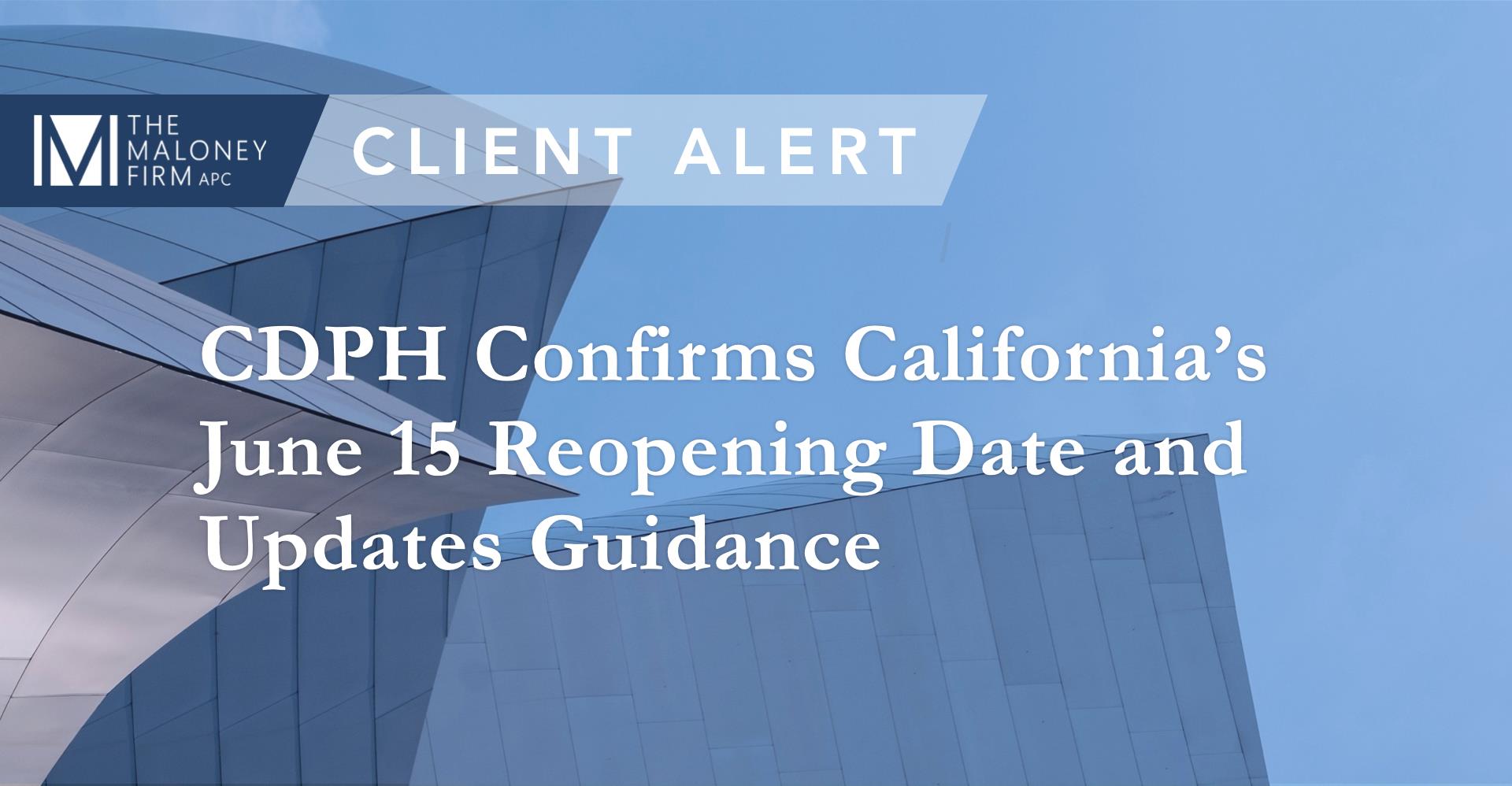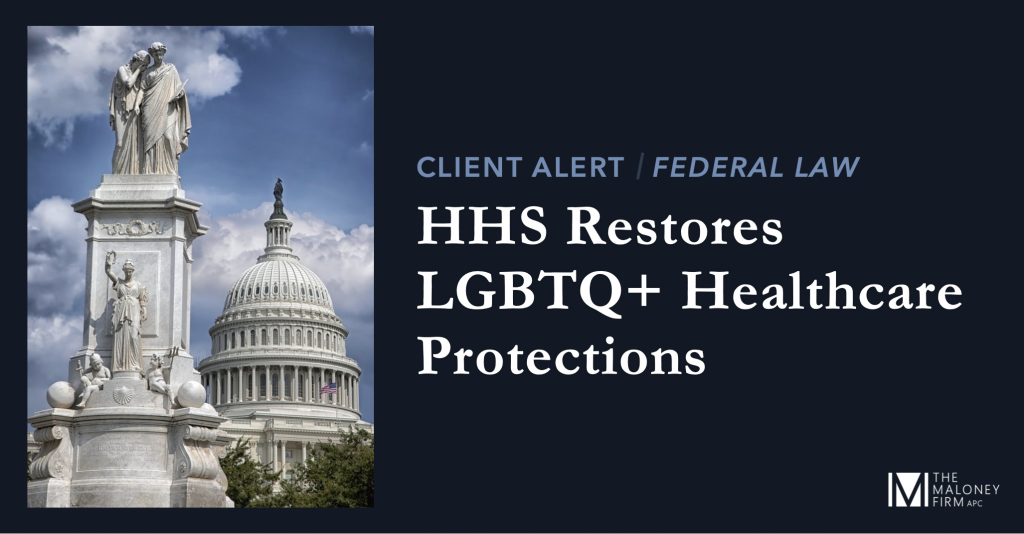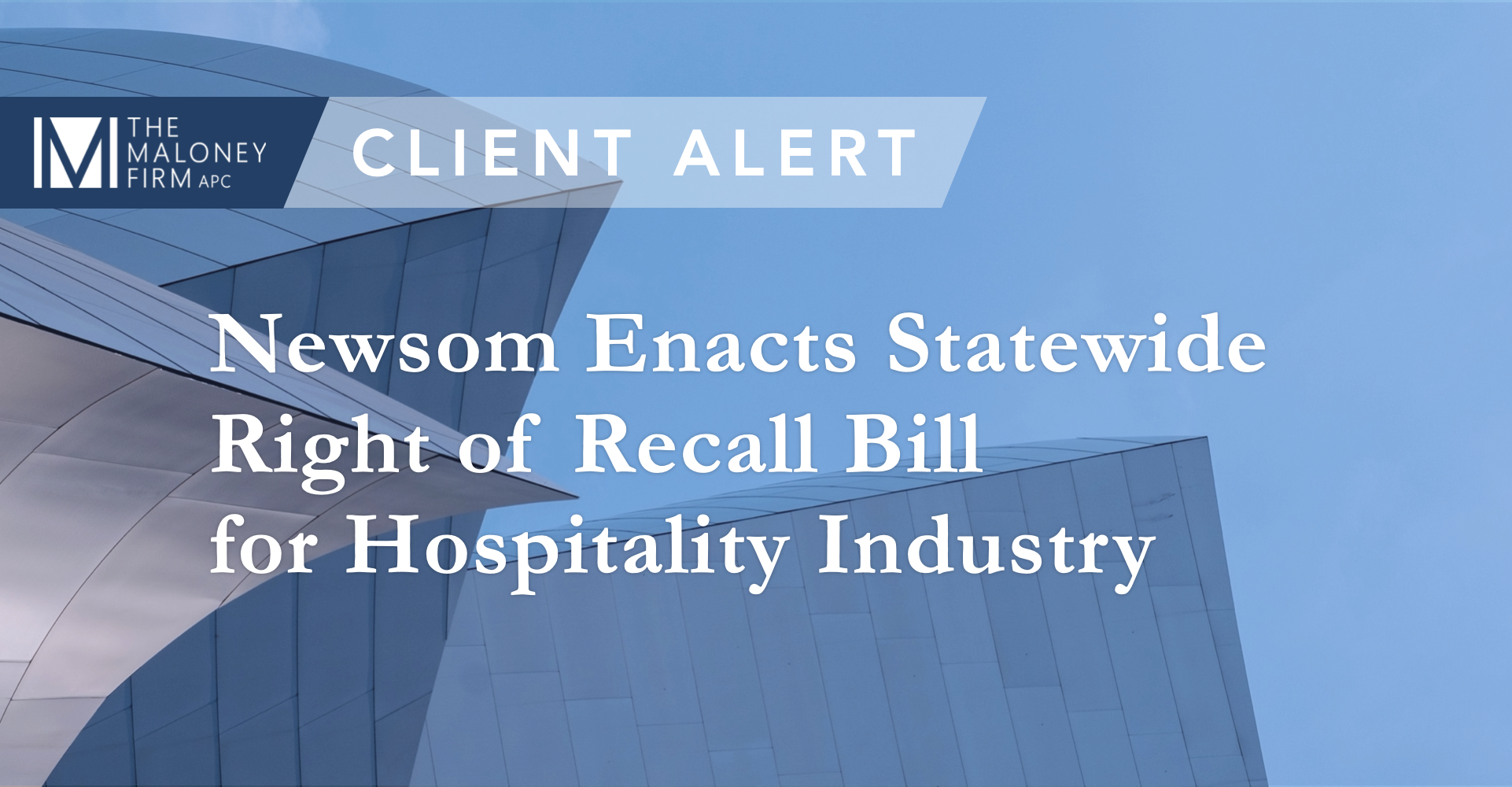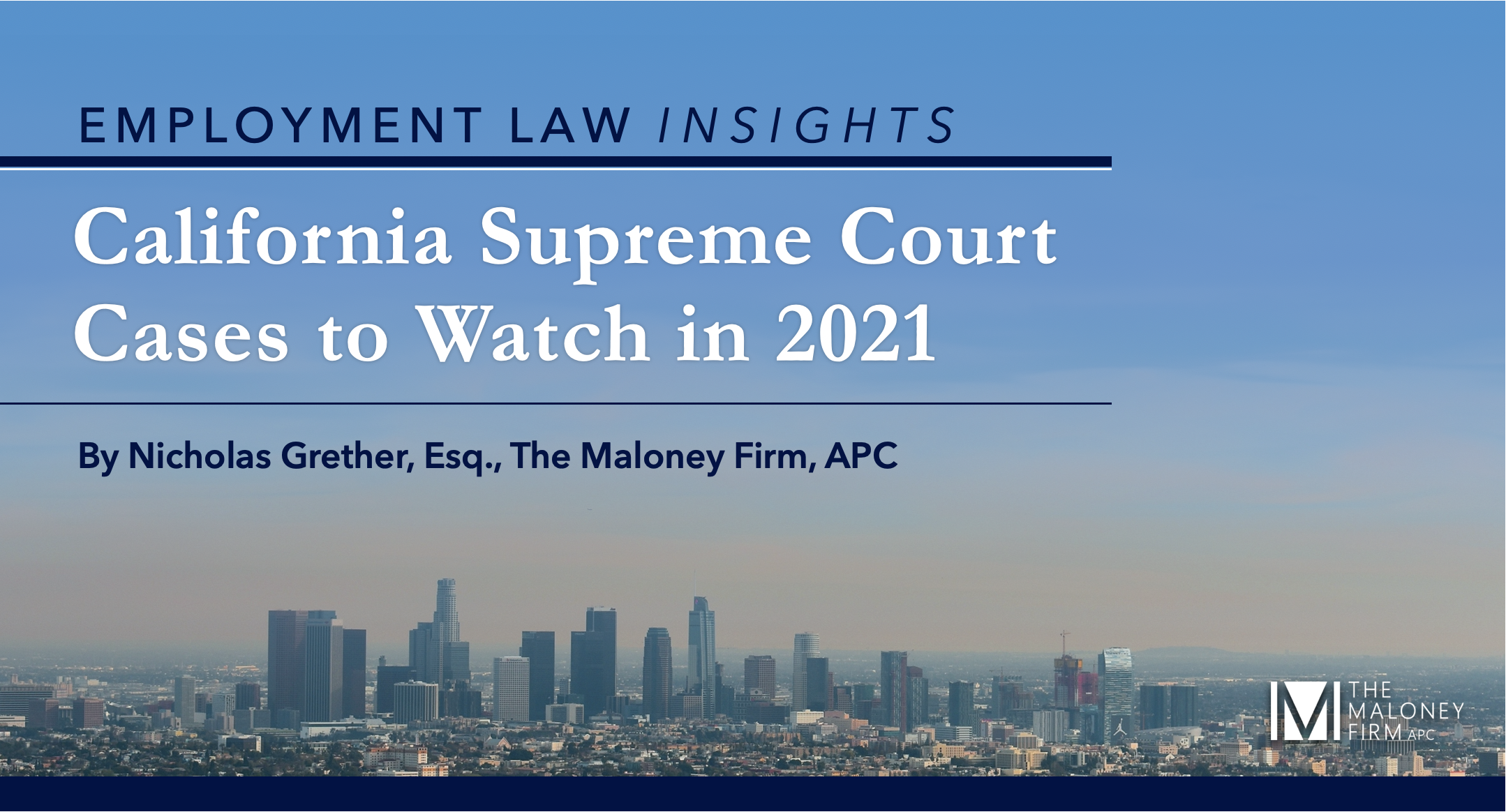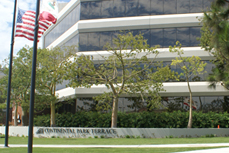“You’ve got to know when to hold ’em, know when to fold ’em,”1 and know when to call a technology consultant: Comment 1 to Cal. Rules of Professional Conduct Rule 1.1 now requires all lawyers to keep abreast of technological resources and risks.
.
By Carl I. S. Mueller and Colin Dunn
.
Access a PDF version of this article here.
As of March 22, 2021, the California Supreme Court’s alteration to Rule 1.1 of the California Rules of Professional Conduct (“CRPC”) went into effect. The change does not alter the text of the rule, but rather adds the following language as “Comment 1” to the rule:
.
The duties set forth in this rule include the duty to keep abreast of the changes in the law and its practice, including the benefits and risks associated with relevant technology.
For those who are unfamiliar, CRPC Rule 1.1 sets out the duty of competence for all attorneys in their representation of clients. It requires that “[a] lawyer shall not intentionally, recklessly, with gross negligence, or repeatedly fail to perform legal services with competence.” Id. at 1.1(a). Further, if a lawyer lacks competence in a subject matter necessary for the representation of a claim, the lawyer must either personally gain competence in that subject matter, associate in another lawyer with competence, or refer the case to another lawyer that is competent. Id. 1.1(b).
.
This change clarifies the advice previously set out in the California State Bar’s Standing Committee on Professional Responsibility’s Formal Opinion No. 2015-193, which advised counsel to “associate with or consult technical consultants” to become competent in the requirements of e-discovery and related issues. Some of those issues include, at least:
- initially assess e-discovery needs and issues, if any;
- implement/cause to implement appropriate ESI preservation procedures;
- analyze and understand a client’s ESI systems and storage;
- advise the client on available options for collection and preservation of ESI;
- identify custodians of potentially relevant ESI;
- engage in competent and meaningful meet and confer with opposing counsel concerning an e-discovery plan;
- perform data searches;
- collect responsive ESI in a manner that preserves the integrity of that ESI; and
- produce responsive non-privileged ESI in a recognized and appropriate manner.
The language of the newly revised Comment 1 to CRPC 1.1 extends the duty of competence beyond e-discovery issues to apply broadly to any “benefits and risks associated with relevant technology.” However, the intersection between litigators and this new comment to the rule will most commonly crop up around e-discovery issues, especially those related to the e-discovery services and ESI searches attorneys recommend, or fail to recommend, to their clients.
.
As such, in order to meet the minimum ethical requirements of competence, attorneys who are unfamiliar with those areas of e-discovery highlighted in Formal Opinion No. 2015-193, addressed above, should find a technical consultant to rely upon for electronic discovery matters. Just as clients rely upon their attorneys to keep abreast of recent developments in the law, attorneys should clearly communicate with their technical consultants to keep pace with new innovations and developments that apply to their practices.
.
As no attorney or technical consultant can be omniscient and all-knowing in a constantly evolving world of technology, it is important that a consultant has their own stable of referral sources, or certified professionals, they can engage to gain access to information on the technological issues facing their clients.
.
For instance, in the case of e-discovery, there are 2 important decisions an attorney must make, in collaboration with their technical consultant, to ensure the proper handling of the ESI at the onset of any new litigation:
- 1. Computer Forensic Imaging: After the sources of relevant ESI have been determined, it is important to engage the services of a certified forensics expert to ensure the defensibility of the collected data. If opposing counsel disputes the manner of collection, the properly certified expert can then transition into a role in which they can testify to the technology and methods they used in the course of their computer forensic collection. While this rarely occurs in the discovery phase of litigation, it is an investment in knowing the foundation of your discovery process is on solid footing.
- 2. Document Review Platform: Once the relevant data has been collected, it is important to work with the technical consultant to choose the appropriate review platform. There are a number of platforms that are no longer “cost prohibitive” to engage for any size of law firm. These innovative platforms arm firms with the technology they need to compete with the larger law firms that are already leveraging the review technology in the legal market.
These 2 steps will ensure that the litigator is in a proper strategic position to 1) review their client’s data as efficiently as possible and 2) more than likely gain a strategic advantage over opposing counsel in terms of getting a better picture of the facts of the case. Savvy litigators can then decide how best to direct the course of case, and potentially save money on attorneys’ fees.
.
After resolving the above issues, the technical experts can engage their team of project managers to help facilitate the filtering/culling of the data prior to the review team needing to actually review documents. In addition, some of the best platforms have artificial intelligence built in, which will allow the review teams to train their database to help find responsive documents and, thus, speed up their review process.
.
In sum, the new Comment 1 to CRPC 1.1 spells out that attorneys must ensure that they keep abreast of technological issues that face their clients. For litigators, that likely means developing and maintaining a relationship with a technology consultant that at least has an understanding of the technology options and risks facing your clients, including available e-discovery tools, who can advise on how and when to access those tools. While there are many other areas of technology that will fall within the scope of CRPC 1.1, e-discovery is a good place for a litigator to start.
.
Carl I. S. Mueller is an attorney with The Maloney Firm, APC, and his practice areas include all forms of attorney-client disputes, such as claims against attorney for breaches of fiduciary duties and legal malpractice.
.
Colin Dunn is a senior discovery Consultant at iDiscover, which provides consulting services and e-discovery solutions for attorneys, including their proprietary e-discovery platform, Lumix.
.
Upcoming MCLE Webinar: Attorney Competence in Technology
Learn about best practices for e-discovery in litigation while fulfilling your duty of competency under CRPC 1.1.
Register at this Eventbrite link.
1 “The Gambler,” Written by Don Schlitz, performed by Kenny Rogers.
